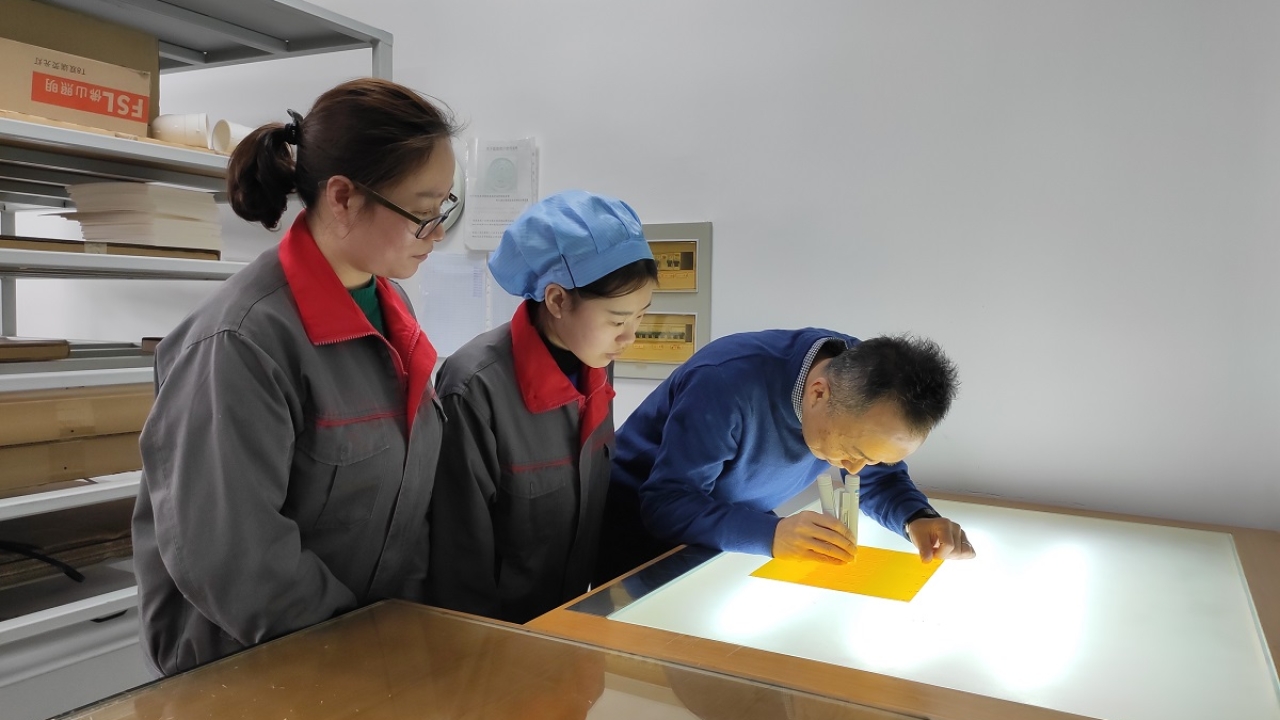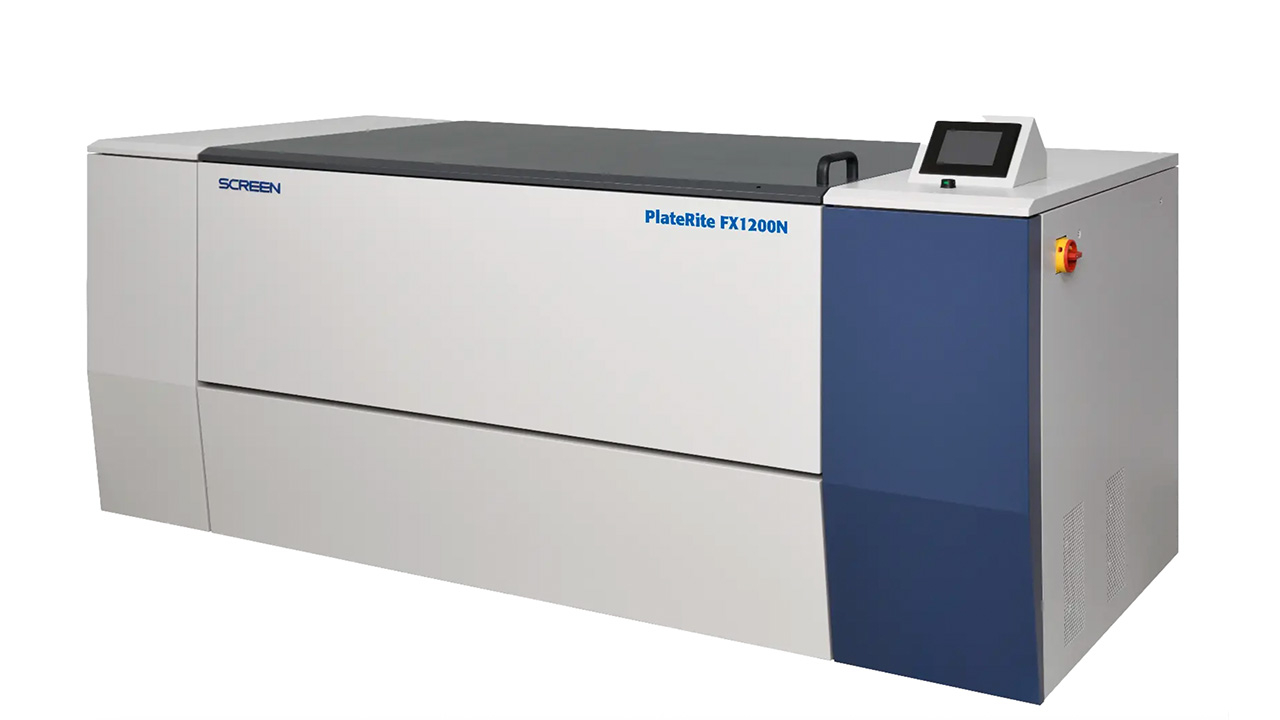Shanghai Hengze Printing Company adopts Asahi AWP-DEF water-washable plates
Chinese label manufacturer Shanghai Hengze Printing Company has adopted Asahi Photoproduct’s AWP-DEF water-washable plates with Clean Transfer Technology to boost quality and improve its competitive positioning.

Shanghai Hengze Printing Company was founded in 2001 as a letterpress shop producing labels for products in daily use among the Chinese population. Shanghai Hengze offers complete end-to-end services under one roof, from product design and pre-press, to the finished product.
After adding flexo printing in 2013, Shanghai Hengze was looking for an option to improve its overall quality. Li Xiaocheng, founder of Shanghai Hengze, explained: ‘With letterpress, the limitation of printing equipment structure and the ink transfer process result in a difference in color from start to finish of the run. With the Asahi AWP-DEF flexographic process plates, we do not experience this phenomenon and our overall quality has been greatly improved.’
He continued: ‘We conducted extensive research into the best flexographic plate solution with assistance from Professor Yin Jinhua, an expert in the industry, with multiple tests using solvent-based and water-washable plates from a variety of manufacturers. The final result was our choice of Asahi AWP-DEF water-washable plates with Clean Transfer Technology, and the performance of these plates in practice has validated that we made the right choice.’
Clean Transfer Technology plates from Asahi Photoproducts, such as its AWP-DEF plates, have been specifically engineered to transfer all remaining ink to the printed substrate. This is due to the plate’s lower surface energy. Clean Transfer Technology plates do not need to be cleaned as often as conventional digital solvent plates, Asahi added. Reduction of plate cleaning stops creates a significant productivity improvement as well as more consistent quality.
Shanghai Hengze cited five primary reasons for selecting Asahi AWP-DEF plates:
- These plates deliver a much smaller dot gain than the solvent-based plates that were tested. Because solvent does not completely evaporate from plates during processing, a certain amount of dot deformation results;
- The surface tension of the AWP-DEF plate is more closely matched to the UV inks Hengze is using, meaning that the optimum amount of ink being transferred to the substrate is achieved more quickly than with solvent-based plates, resulting in faster time to market and less waste;
- AWP-DEF print quality is better than the two other washable versions tested. The other washable plates use polymer rubber, which cannot deliver the fine dots Hengze’s quality work demands;
- The AWP-DEF plate has a high surface flatness and minimal deformation during printing, making it easier for the press operator to maintain high quality throughout the run; and
- AWP-DEF plates can reduce gear mark, and have obvious advantages when compared with the other plates tested.
The company also uses Asahi’s AWP-2530 AA plate processor to ensure the utmost in quality and stability of its plates. Shanghai Hengze chose to use the Asahi AWP-2530 AA plate processor since its analysis showed that it offers superior performance when compared to domestic alternatives. The processor also includes a dryer, exposure and post exposure unit that is stable with a low error rate. It does a good job of washing out the plate, resulting in steep printing dot shoulders. The analysis also found that the AWP-2530 AA plate processor consistently delivered plates with a uniform thickness.
‘All of these characteristics add to the overall quality of the combined solution,’ Mr Li concluded.
Stay up to date
Subscribe to the free Label News newsletter and receive the latest content every week. We'll never share your email address.

